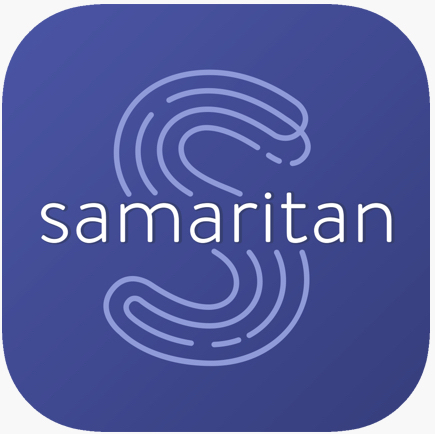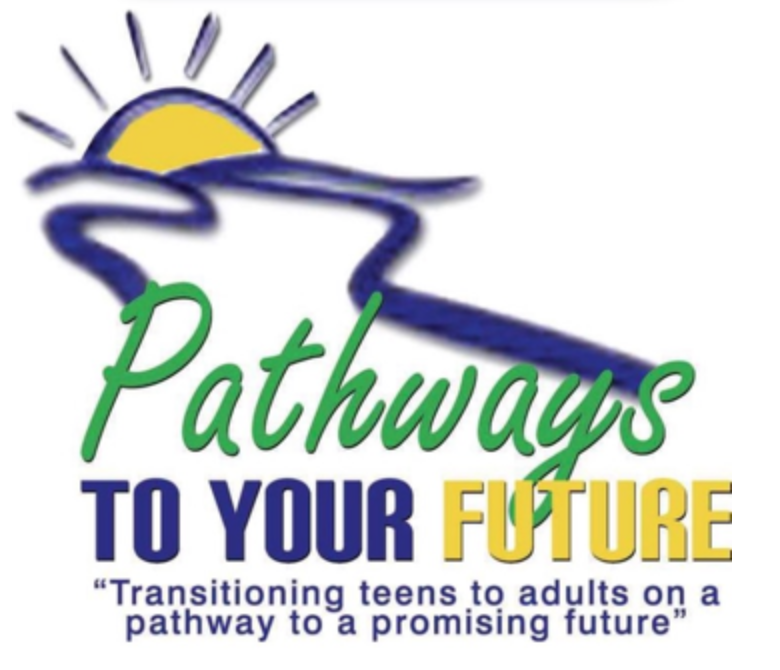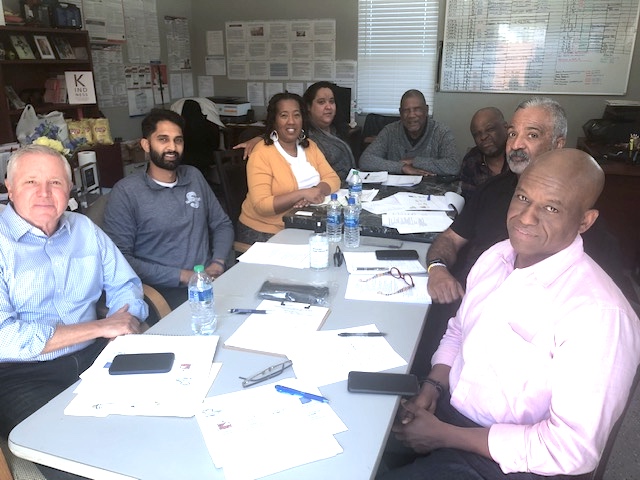Since 1989, however, it has served him well as a mentor and advocate for homeless transitional-age youth.
“He seems super authentic, self-confident and humbled,” adds Greco, who is on the board of Thompson’s organization
Pathways to Your Future…and saw the synergy of Pathways and Samaritan as a natural association.
“I met Gerald through my friendship with his brother-in-law Michael Banks and was immediately touched by the story of his life.”
Born in Los Angeles in a clinic at Vernon and Hooper avenues in 1945, Thompson was an only child who, with his mother, moved numerous times in his childhood: to a room above the Bill (Bojangles) Robinson Theater at Central Avenue and 43rd Street, to a roach-infested one-bedroom house at Compton Avenue and 43rd, to a nicer house at 43rd and McKinley Avenue, to a two-bedroom at 54th Street between McKinley and Avalon Boulevard and then to 47th Street. Later, he moved to a home in an alley off 78th Street near Fremont High School.
While admitting that each move was a step up, the price he paid was having to make new friends over and over. Each time as the new kid, walking to school by himself, bullies would challenge and intimidate him. He got into more fights than he could count.
“I didn’t show fear,” he said. “Folks said, ‘Leave him alone.’”
However, he did fall into a life of crime.
He stole oil from gas stations and sold it to fences, stole hubcaps and car batteries, forged checks, robbed banks and sold drugs—though he said he was the last of his friends to try alcohol, marijuana, and stronger drugs.
Sure enough, arrests and incarcerations came. He did two stints in county jail totaling 33 months, two stints in state prison covering seven years, and a federal organized crime conviction that would have put him away for 15 years had his mother not had a friend who was a federal judge that convinced the right people that Thompson should be sentenced as a minor.
It was 1970 when he was released from prison. His friends threw him a big party, and it was there that he met cocaine, which would be his true partner for the next 19 years. His mother died in 1971, and with his inheritance came enough money to open dance clubs (later discos) and all the cocaine he wanted.
His life throughout the 1970s was like this: Lots of money from his successful clubs and lots of cocaine. He knew he was an addict. “I hit bottom many times,” he said. He went to Cocaine Anonymous and Alcoholics Anonymous, heard the stories and determined he wasn’t as bad off as that. He married, had a daughter…Nicole…and divorced.
“My addiction didn’t let me pay bills,” he said. “I said I’d pay it tomorrow. Tomorrow never came.”
He was in debt to too many drug dealers to count and he knew that they put hits out on him. Finally, on May 19, 1989, strung out again and knowing the end was near, he had a vision.
In it, he saw his life flash before him. He saw a skeleton that frightened him. He started crying, completely shocked and ashamed that he was in this situation. He thought about his high school-aged daughter and imagined her friends asking at her graduation where her father was.
“He died,” he imagined her saying.
“What happened?” he imagined her friends asking.
“He OD’d.”
“I couldn’t live with that,” Thompson said. He cried some more. Then he went to Cocaine Anonymous that night. And kept going back.





No comments